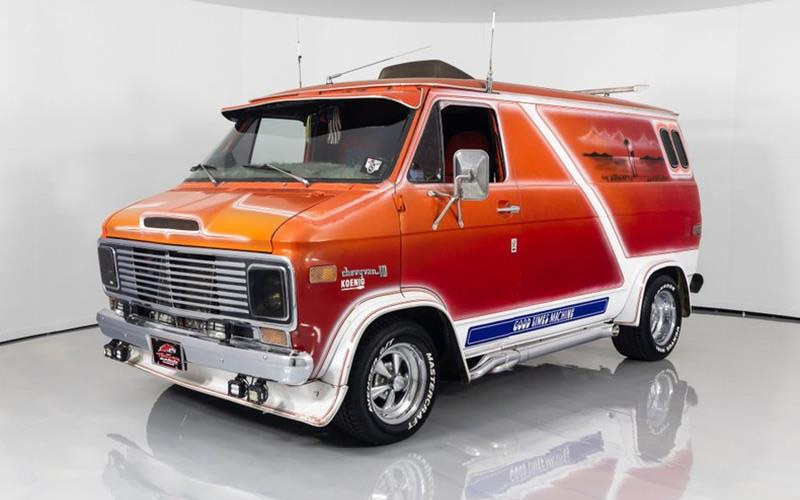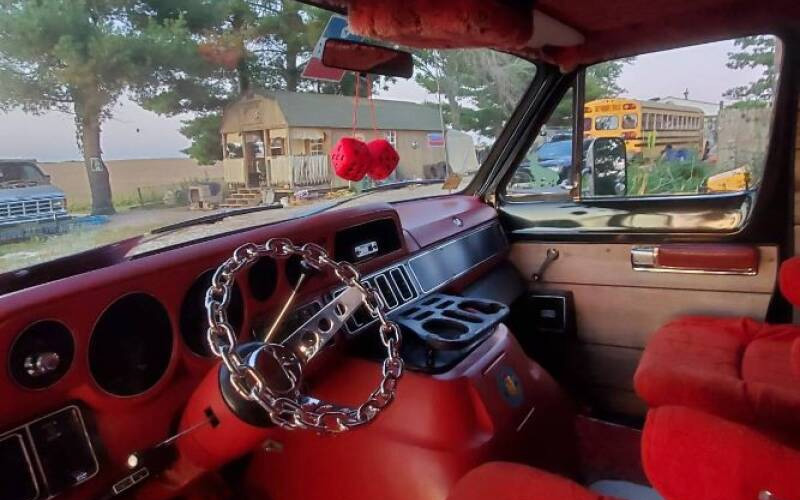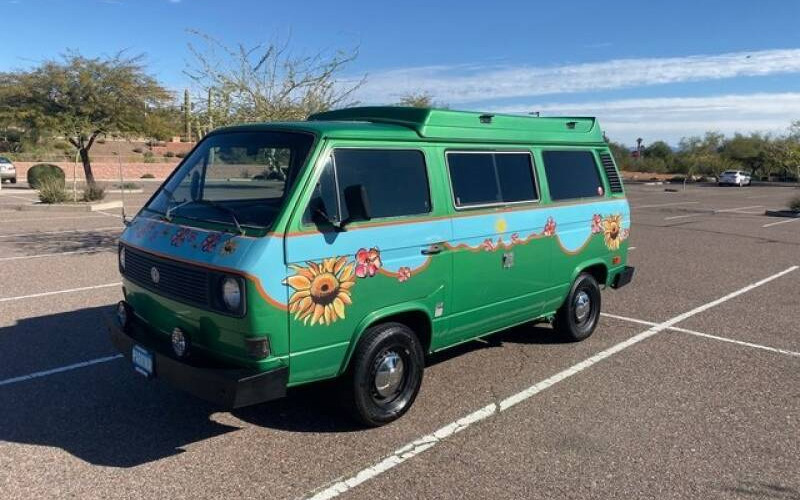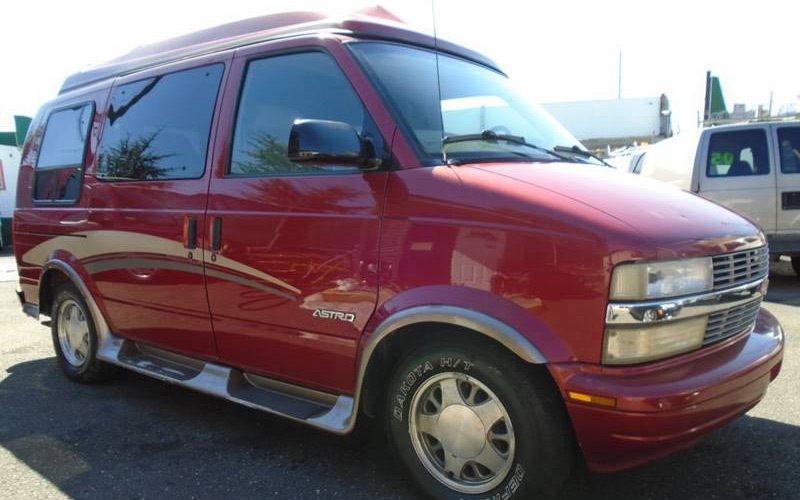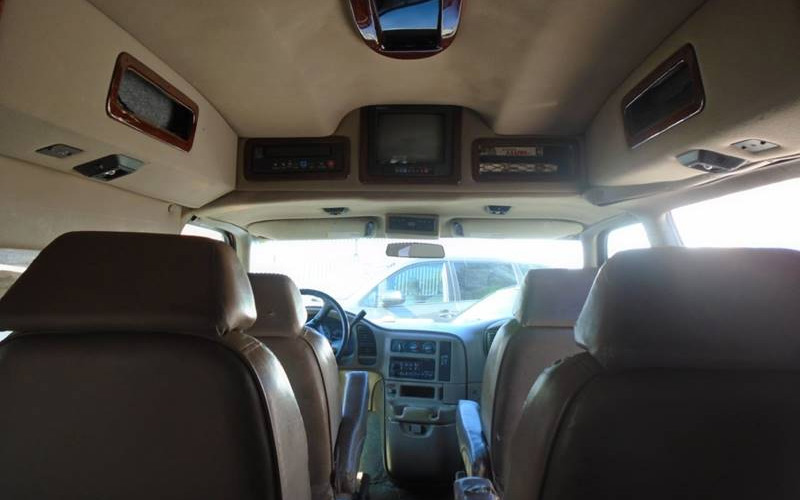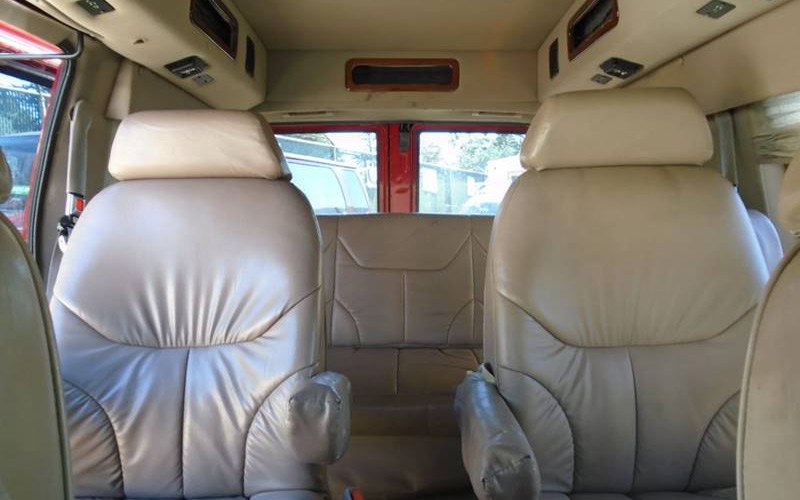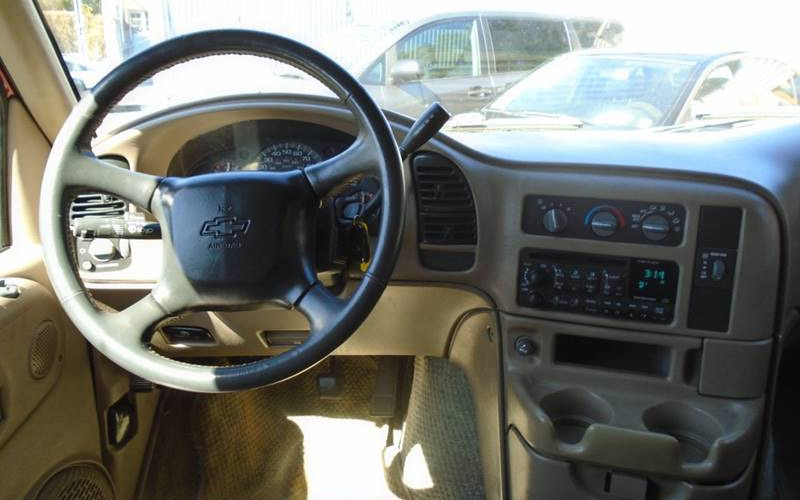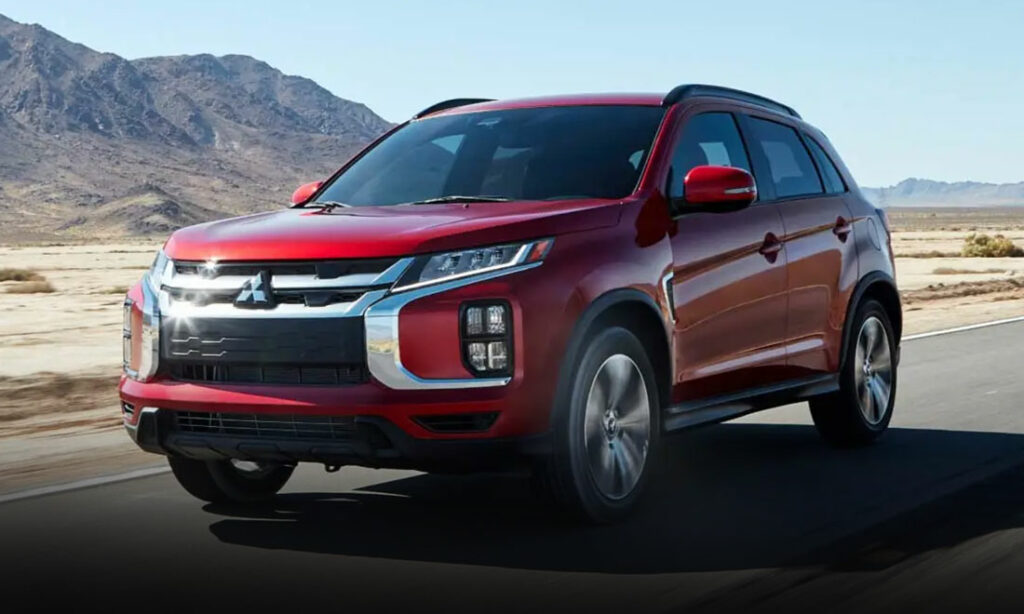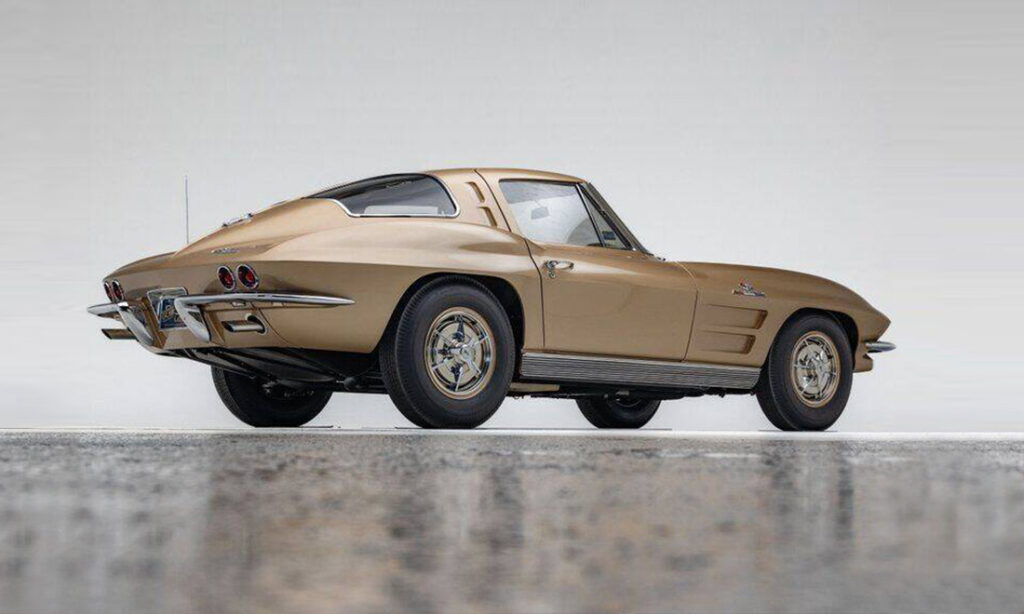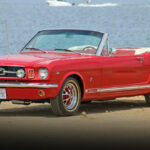Retro Review: Chevy Astro Van
The Chevrolet Astro Van was one of the best-selling consumer vans of all time, but it also helped bring the eccentric conversion van lifestyle into the mainstream.
The Cargo Van, the Minivan, and the Midivan?
The worldwide shipping industry is rife with full-size cargo vans. Ford E-250’s hauling painting supplies, Dodge Ram Vans delivering furniture; basically, if it needs to get from point A to point B, get a cargo van. In 1984, Chrysler developed the Dodge Caravan and the Plymouth Voyager, introducing to the world a soon-to-be consumer favorite, the family minivan. In 1985, GM produced an “out of this world” amalgamation of the minivan and cargo van, coined a “midivan”. Usher in the highly recognized and versatile Chevrolet Astro Van.
Why Get a Minivan When There’s the Midivan!
The 1980’s saw the birth of the compact, yet roomy, economical designed minivans. They were the perfect answer when replacing the gas guzzling family station wagons of the past. Chrysler was the first to offer the body style in 1984 and saw a large demand among money conscious consumers of the time. Not to be outdone, GM looked to their design team to improve upon the minivan idea that pandered even more to the general public.
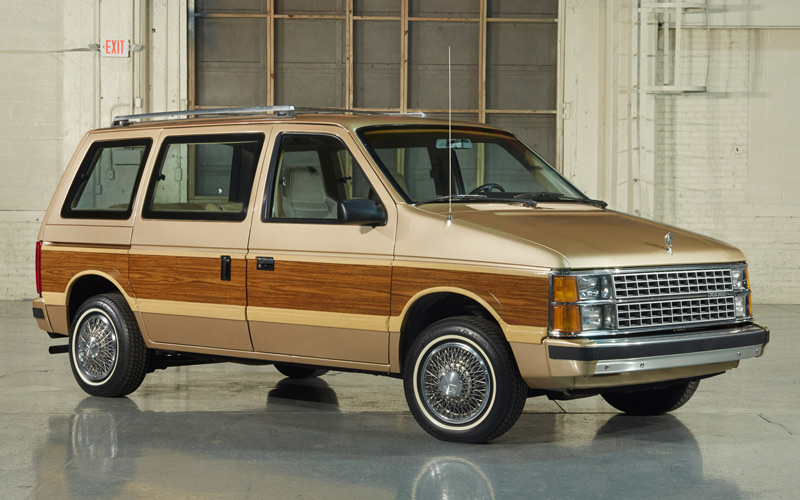
Enter the M-Van, GM’s van model that would “make you realize that life is too big for a minivan.” The M-Van was only 1½ inches shorter, only 2½ inches narrower, and just 7 inches lower than GM’s smallest full-size vans at the time. This made it just barely viable for parking in a home garage. The M-Van had adjustable seating for 2 to 8 people, integrated door handles, recessed door steps, and a double door in the rear (later offering rear Dutch Doors). The M-Van would be sold to consumers as the GMC Safari and as the better-known Chevrolet Astro. This was largely a badge swap, with only slight differences in options.
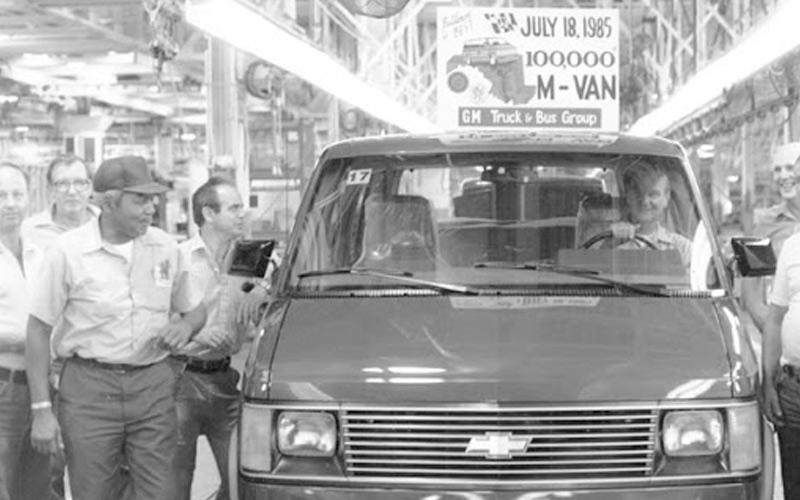
Let’s Take a Look Under the … Center Console?
Basically, the Chevrolet Astro was a Frankenstein’s Monster of scavenged GM parts, like most of their vehicles of the time. Even looking under the hood wasn’t straightforward. The Astro had a normal front hood to reach the engine, but also the center console acted as a hatch access the back side of the engine. Not as bad as a cabover semi, but still awkward. So, let’s move the Slurpees out of the cup holders and see what makes the Astro tick.
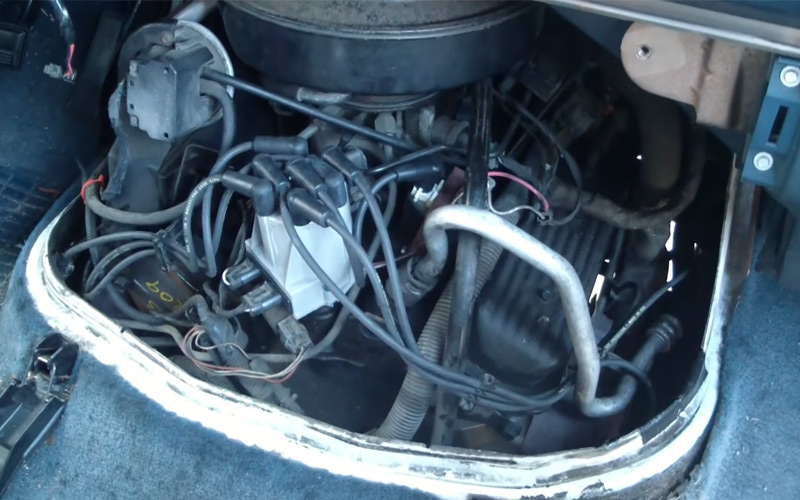
- 3 available engine options
- 2.5L Tech IV I4 reaching 98hp (only available in cargo variant)
- 4.3L 4300 (123 kilowatt) V6 reaching 165hp
- 4.3L 4300 (150 kilowatt) V6 reaching 200hp
- Offered 5 speed manual and automatic transmissions
- Only available in RWD until 1990 when the Astro offered AWD
- Same front suspension as the Chevrolet Caprice and a leaf-spring rear suspension
- Maximum towing capacity of 5000lbs
- Maximum cargo capacity of 1700lbs
The top end V6 engine could go 0 to 60 in 11.6 seconds, which is nothing to brag about. As for fuel economy, the van was recorded to have an EPA gas mileage of 18mpg city and 24mpg highway. The whole thing drove as you might expect, the Astro handled like a top-heavy van.
It’s obvious, the Astro is not a performance vehicle, but that’s not what is important about it. The available seating, removable rear bench seats, plenty of passenger and cargo space, and the ability to fit in the family garage were the Astro’s main selling points. For some consumers, it was the perfect, efficient kid hauler that helped define the decade. Even with its widespread popularity, others wanted more than just family time out of their van experience.
The Ultimate Overhaul
Prior to the Chevrolet Astro, the conversion van lifestyle had been anything but family oriented. Early Rock & Roll and Hippie scenes took the van model and made it their own. Shag carpet from head to toe, exorbitant amount of lighting, and airbrushed murals along the side of the van were standard. People would add outlandish features like mini bars, full record decks, or even a complete living room set with a working fireplace. Like the rest of the 1970’s, there were no rules in the conversion van world.
From this crazy time in van history came the creation of van “upfitters”. Companies like Starcraft Van Conversions Corporation began to buy Chevrolet Astro vans direct from GM to outfit and customize into a more modern conversion vans. The companies would install high top roof extensions, updated upholstery, specialized swivel captain’s chairs, and tons of specialized options. These Astro conversion vans would then be shipped straight to the dealer where they could upsell them to their hearts’ content.
Everyone’s favorite upgrade for the Chevrolet Astro conversion van was the built-in television. Being able to play video games or watch any movie on VHS during a road trip in the 80’s and 90’s was a godsend for children and parents alike. This built-in TV concept was ahead of its time. I don’t think you can find a minivan without some form of screen to entertain kids in the backseat today. Needless to say, if you were road tripping in a base Astro van you were missing out.
In a Van Down by the River
In 2005, Chevrolet ended the Astro model to focus more on the Uplander as their lone minivan offering. Eventually, the Uplander would also succumb to the same fate as the Astro, with Chevrolet scraping the minivan body style completely. GM produced over 3.2 million Chevrolet Astros in the model’s lifetime. In the end, the Astro found its new resting place was in the back of used car lots collecting dust. That is until the DIY Camper Van community adopted the van’s platform.
The life of conversion vans has gone full circle, and the rebirth of the over the top custom features and interesting design choices are back. Now, high mileages, tarnished upholstery, and disheveled looks just mean Chevrolet Astros are ripe for modification hungry do-it-yourselfers. Many thrill seekers have made the van their vehicle of choice when travelling into the outdoors. Custom cabinetry, mini kitchens, and fold out beds adorn the insides now. Some adventurers have even taken the Astro to another level, adding lift kits and larger wheels to really dive into the depths of the outdoors.

Is the Chevrolet Astro What You’re Looking For? (Maybe)
The Chevrolet Astro is, simply put, a van. The main intention of GM when creating this box on wheels was to get consumers from point A to B. Over time, the Astro became something much more nostalgic. Plenty of people remember the Astro van when they think of their favorite childhood memories. From cross country road trips to just having everyone ride along to a birthday party, the Chevrolet Astro was there. And today, the basic nature of the platform makes it perfect for upgrades and customization.
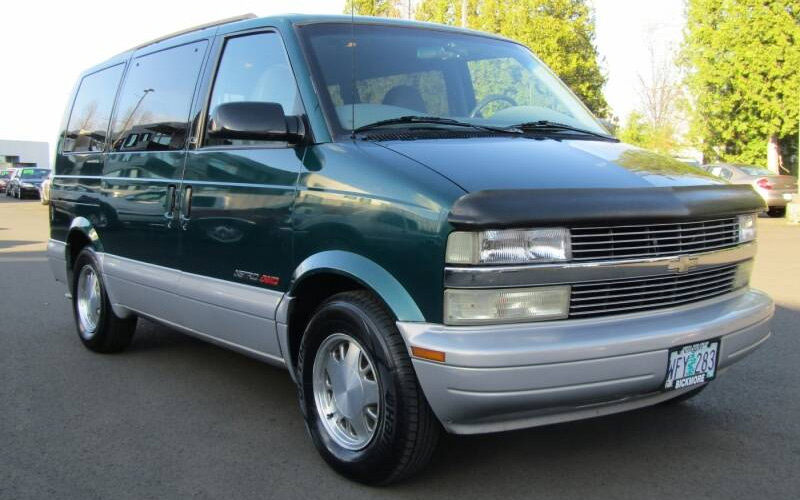
1997 Chevrolet Astro – carsforsale.com | Shop Chevrolet Astro on Carsforsale.com
So, does anyone need to go out and find an Astro van? The simple answer is no, but that doesn’t mean you shouldn’t. It’s a great trip down memory lane and can be found for relatively cheap. Plus, there might even be a resurgence of the model further down the line, with fans of the model currently petitioning to bring the Astro back. That boxy body is a perfect candidate for GM’s new EV platform. If a comeback can work for the Ford Bronco and Hummer, why not the Chevrolet Astro?


